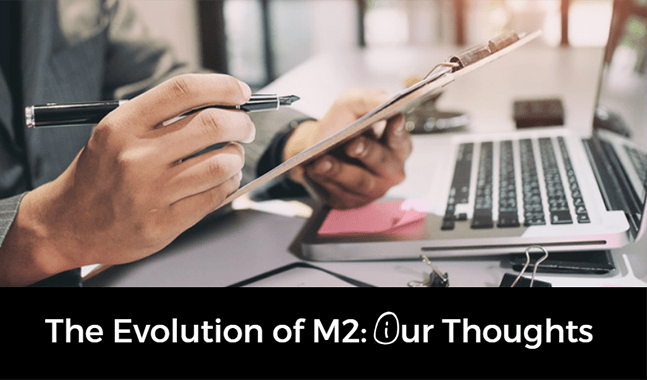
It’s no secret that feelings about Magento 2 range from utter delight to hair-pulling frustration. It can be downright confusing. Should you upgrade? Should you get off Magento?
While the answers to those questions are always on a case to case basis, we thought we would share our perspective on the topic.
The first point to make is: each platform has its own issues. While Magento is a powerful platform, it is NOT for every business. Smaller merchants may not be able to take advantage of many of the customizations available and may be frustrated with the investments required to keep their site upgraded and patched. But for merchants with sufficient sales to support the upgrading requirements, there are still many advantages to Magento 2, like the size of the community, the amount of extensions available, and the number of developers.
Complaint #1: The Investment Can Be Substantial
We won’t deny this. What we will say is the cost of building a Magento store can vary greatly depending on what your business requires, who you hire, and the desired results. Designing, building and configuring a Magento website requires time and advanced PHP development knowledge. Don’t believe someone that says they can get it up in a week. It won’t happen. And firms like ours who choose to staff certified developers and solutions strategists will charge more than some guy in his garage who kinda knows PHP.
It’s also worth noting that although it may be costly, if your eCommerce store is on Magento 1 you will need to consider that it will not be around forever. Its end-of-life may not be set in stone, but it will happen eventually. Don’t get caught off guard; even if you aren’t ready to move to M2 now, consider it as an investment in your future eCommerce store.
Complaint #2: The Stability is Questionable
At first, M2 did have some hiccups. But, M2 was released almost 3 years ago (November 2015) and since then much of the technology has been stabilized and continues to get better every day.
Magento addressed these stability concerns at the beginning of the launch and stated that they were “going to continue investing in addressing issues in what is already out there, with a lower priority on new features.”
M2 is continually being updated, actively developed, and improved upon. The bugs have been worked out, the platform has matured, and the question of stability has since been put to rest.
Complaint #3: It Doesn’t Seem Any Different
M1 and M2, although maybe not at first glance, are significantly different. For one, M2 is faster. Faster site speed encourages more sales and encourages better search engine optimization. Full-page caching built into the platform means pages load a lot faster, 1-2 seconds compared to the 5-10 seconds for non-caching pages. M2 can also handle a large product catalog with many multi-variant options per product (ie. apparel like scrubs with 7 size and 30 color options per product) without slowing down which makes it scalable for large stores looking to grow in eCommerce.
Another added bonus is the new, streamlined checkout process in M2. It’s sleeker and highly customizable which eliminates steps and reduces rates of abandoned carts.
Those are just two of the many advantages M2 brings to the table. If you want to learn more, we have an entire blog dedicated to the differences here.
Our Final Thoughts
Here at InteractOne, we believe in transparency. We aren’t going to sugarcoat M2 or tell you that any and all circumstances require Magento. The reality is that Magento isn’t for everyone. If you’re unsure, give us a call today and we can help you decide. It’s that simple.
